When you think of concrete you may not get excited. But there's a whole world of concrete that you're missing out on! Some of these different concrete textures are so aesthetically appealing, you won't even know they're concrete!
Determining which concrete texture is right for you depends on your project, budget, and personal preference. We're tackling the top concrete finishes and textures so you don't have to.
Textured concrete can transform an outdoor or indoor space. Pick your perfect concrete texture with this guide to 7 different textured concrete finishes.
1. Types of Finishes
You might recall seeing the typical smooth finish of regular old concrete. However, adding a simple texture to it can really change the look and feel. These different patterns that include swirls, strokes, or different arcs create an interesting texture.
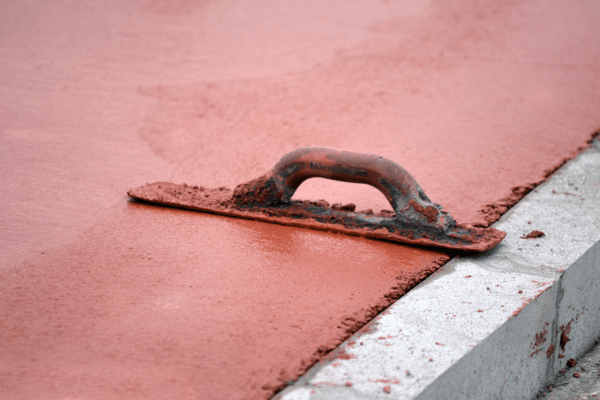
Float and Trowel Finishes
The float and trowel finish creates a swirl pattern that looks like multiple crescents repeating. These come in different sizes and depths.
You can request a texture that is coarse, medium, or smooth. This depends on the tool used. For example, wood floats create coarse textures. Whereas aluminum floats and steel trowels make the texture less intense.
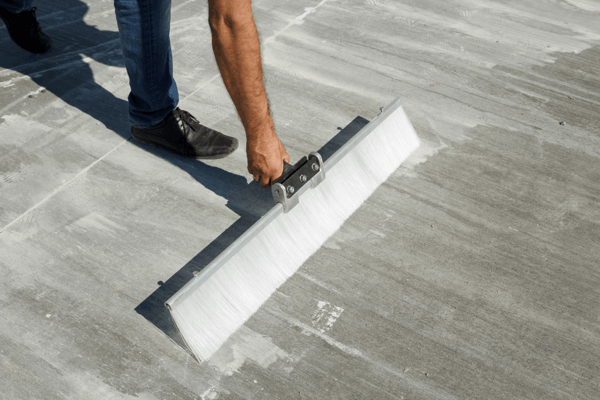
Broom Finish
The broom finishes are exactly how they sound. A broom's bristles create textured lines across the concrete. These can be coarse or light depending on the bristles used.
Although this is a simple design it is very practical. Giving the concrete a coarse finish makes it a non-slip surface so it gives you more grip. This is especially important around swimming pools or areas where ice is a factor.
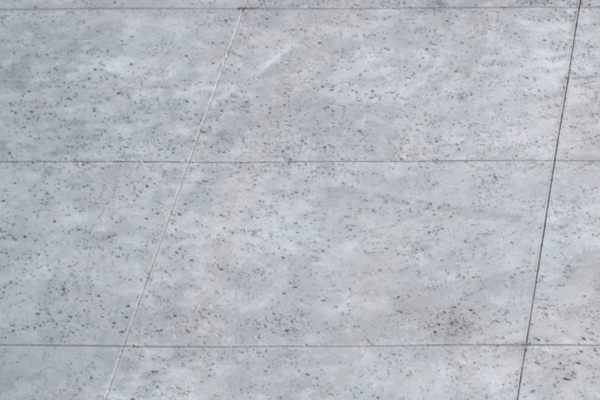
Rock Salt Finish
The rock salt finish is when they put water softener salt crystals onto the fresh concrete surface. They then press a roller into the salt crystals down into the concrete.
Once the surface gets washed the salt dissolves and leaves small holes. This creates a concrete texture that is a step above the smooth or broom-finished concrete. The speckled pattern creates a weathered rock look. It is both affordable and subtly decorative.
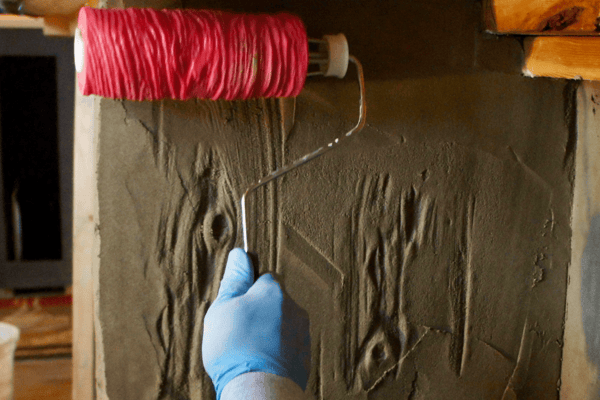
Texture Rollers
Another method for adding texture to concrete is using a textured roller. This is a quick and simple way to add a rocky texture to your concrete. There are also different degrees of textures of rollers.
The texture can be as aggressive or subtle as you like. You can also use texture rollers to color the concrete. You can also use multiple texture rollers over each other to create a unique design.

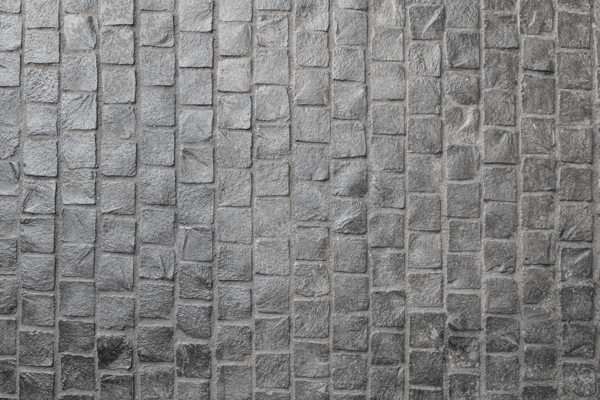
2. Stamped Concrete Texture
Although the finishes above still look like concrete there are other options if you're looking to mask the concrete appearance. Stamped concrete is one example.
This is also known as textured or imprinted concrete. It resembles bricks, natural stone, tile, or even wood. They use color hardener over the concrete to add dimension and make it look like real stone.
Stamped concrete is a great alternative to purchasing more expensive stone such as slate, flagstone, or even cobblestones. It also can take less time to install. Plus, it requires less maintenance than other materials.
It still requires periodic cleaning and resealing to protect it from freeze and thaw cycles and deicing salts. Stamped concrete works indoors as well to enhance walls or fireplaces.
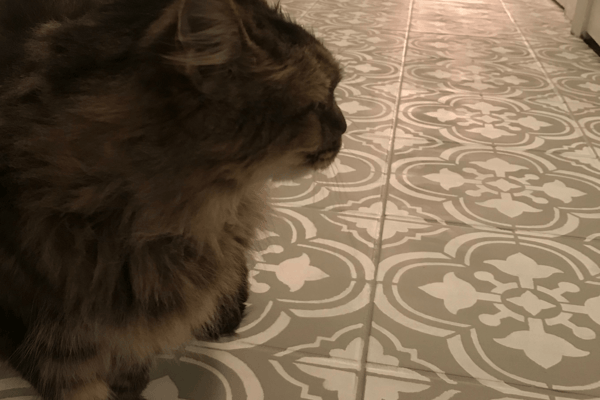
3. Stenciled Concrete
For stenciled concrete, a stencil is used to then stain or resurface the concrete to give it a texture. Today, there are so many different stencils available that range from basic designs to intricate patterns that are custom-made by computers.
These can be bricks or stonework in a variety of elaborate shapes and sizes. For example, fish scale, diamond tile, basketweave, or herringbone, are just a few patterns that can be stenciled onto concrete. This can create the look of multiple bricks or stonework without the hassle of laying each individual stone.
Another significant benefit to stenciling over stamped concrete is that the surface remains relatively smooth. The joint indentations are not as deep which can help with snow removal.

4. Exposed Aggregate Texture
The exposed aggregate surface is when they pour concrete and then the top layer of cement paste is removed. This reveals the coarse decorate aggregate beneath. This method is popular with natural stones that are rich in colors such as basalts, quartz, granite, and limestone.
Some people opt for colorful sea glass or shells. You can use a variety of objects to decorate the surface of your concrete.
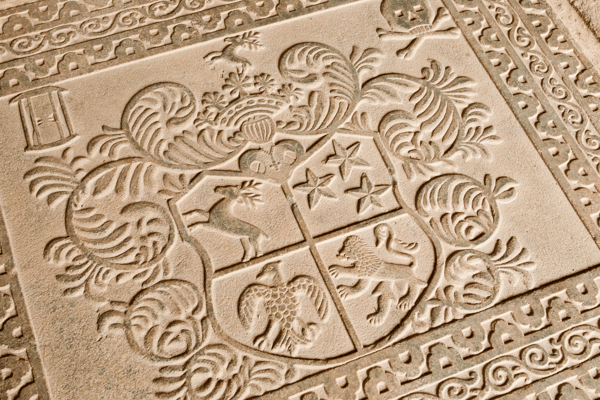
5. Concrete Engraving
There are limitless options when it comes to concrete engraving. Concrete engraving or concrete etching is a way of using tools and equipment to carve into existing concrete.
Numerous patterns make a permanent result that won't wear away. The concrete is often stained to provide color. Then when the concrete is engraved or carved away, the routed area looks like a grout line.
Engraving works both indoors and outdoors to make intricate patterns that are customizable. They are great for driveways, walkways, patios, and can make stunning focal pieces for businesses as well as residential entryways.

6. Polished Concrete
If you prefer your concrete to have a smooth texture then polished concrete is the right choice for you. This process is completed using floor grinders that have diamond abrasives. Depending on the grade of the abrasives, the smoothness of the concrete surface is determined.
During the polishing process, they use chemical hardeners. This adds protection against water. Increasingly finer abrasives are used until the desired concrete texture is achieved.
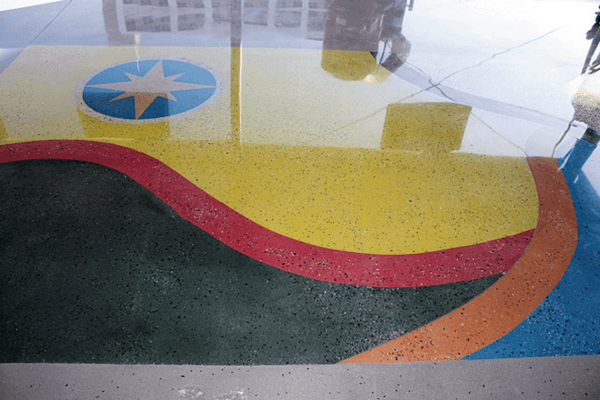
7. Seeding Concrete Floors
This type of concrete texture is when they scatter pieces of rock onto the surface of the concrete. Overtime, seeding has expanded to an impressive art form. Including seeding glass bits, silicon carbide, and sometimes small metal.
This is an alternative to exposed aggregate that is less expensive. When using aggregate, you are pouring thousands of pounds into the cement. This is far more expensive than adding six pounds of aggregate to the surface and create the same look.
Best Concrete Texture for Your Project
We hope these different options inspire your next concrete project. There are so many varieties when it comes to concrete texture. Why settle for plain old concrete when you can create a work of art?
Looking for quality tools to make your concrete vision a reality? Contact us today for expert advice.

0 comments